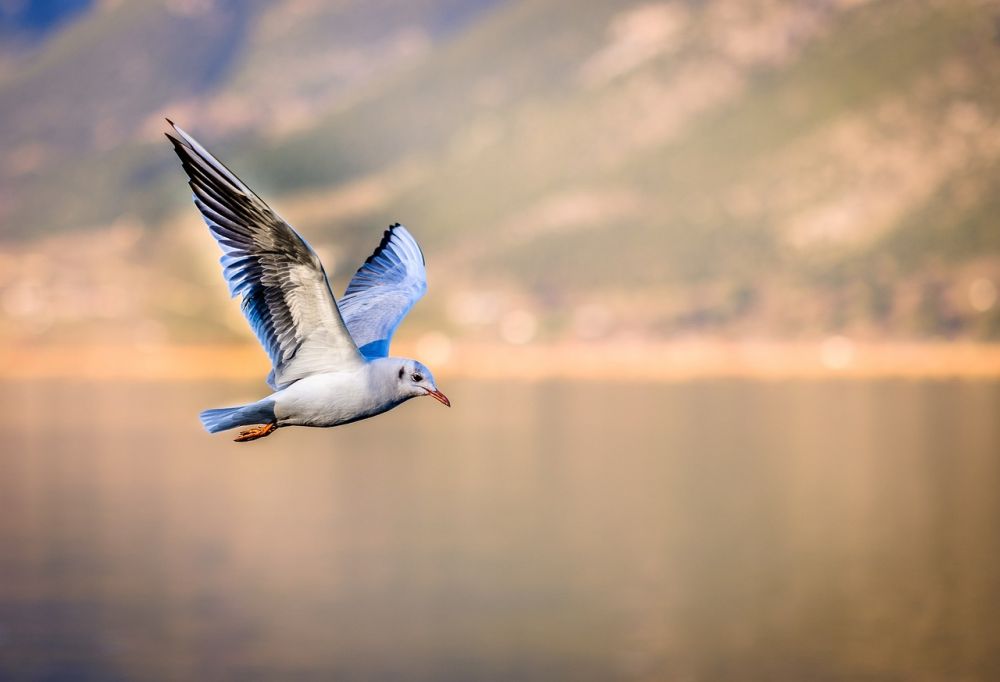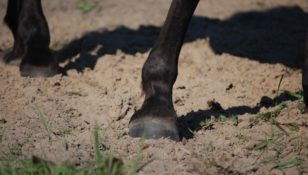Albatross Bird: A Comprehensive Overview

Introduction
The albatross bird, belonging to the Diomedeidae family, is a majestic and fascinating creature that captures the imagination of many nature enthusiasts. With its impressive wingspan, exceptional flying abilities, and unique breeding patterns, the albatross is truly an extraordinary species. In this article, we will provide a thorough overview of the albatross bird, including its characteristics, types, popularity, and more.
Understanding the Albatross Bird

The albatross bird, often referred to as the ”gentle giant of the sea,” is renowned for its immense wingspan, which can reach up to 11 feet. This allows it to glide effortlessly over vast oceanic distances with remarkable aerial skills. Albatrosses primarily inhabit the Southern Ocean and the North Pacific Ocean, where they spend most of their lives soaring above the waves.
Types of Albatross Birds
There are approximately 22 recognized species of albatross birds, each exhibiting unique characteristics and adaptations. Some of the popular albatross species include the wandering albatross, royal albatross, black-browed albatross, and Laysan albatross. The wandering albatross, known for its impressive size and elegant flight, holds the record for having the largest wingspan among all flying birds. On the other hand, the black-browed albatross, with its distinctive dark eyebrow markings, is commonly found in subantarctic areas.
Quantitative Measurements of Albatross Birds
Albatross birds are known for their impressive physical attributes and ecological significance. From a quantitative standpoint, the average albatross weighs around 20 pounds and has a lifespan of up to 50 years. Their wingspan, as mentioned earlier, can extend up to an astonishing 11 feet, enabling them to effortlessly glide in search of food and cover vast distances.
Differences Among Albatross Birds
While all albatross birds share common characteristics, such as their long wingspan and ability to fly vast distances, there are distinct differences among the various species. These differences can be observed in their size, plumage coloration, breeding behaviors, and preferred feeding grounds. For instance, the royal albatross is known for its creamy-white plumage and elaborate courtship rituals, while the Laysan albatross is recognized for its black-tipped wings and nesting habits in the Northwestern Hawaiian Islands.
Historical Overview of Pros and Cons of Albatross Birds
Throughout history, albatross birds have been a subject of fascination and conservation efforts. Their population has faced several challenges due to human activities, such as overfishing and marine pollution. On the positive side, albatrosses play a vital role in maintaining the health of marine ecosystems by feeding on various marine organisms and redistributing nutrients through their droppings. Efforts to protect albatrosses and their habitats have been ongoing, with organizations working towards minimizing bycatch and implementing sustainable fishing practices.
Conclusion
In conclusion, the albatross bird is an awe-inspiring species with incredible features and ecological significance. Its remarkable wingspan, diverse species, and historical significance make it an important subject of study and conservation efforts. By understanding the characteristics, types, measurements, differences, and historical context of albatross birds, we can appreciate and work towards protecting these magnificent creatures for generations to come.
Note: Please insert an appropriate video clip showcasing the beauty and behavior of albatross birds at this point in the article.
References:
1. BirdLife International. (2021). Albatrosses. Retrieved from https://www.birdlife.org/worldwide/news/albatrosses-conservation-guide-20-amazing-facts-about-these-giants-ocean
2. National Geographic. (n.d.). Albatross. Retrieved from https://www.nationalgeographic.com/animals/birds/facts/albatrosses

















